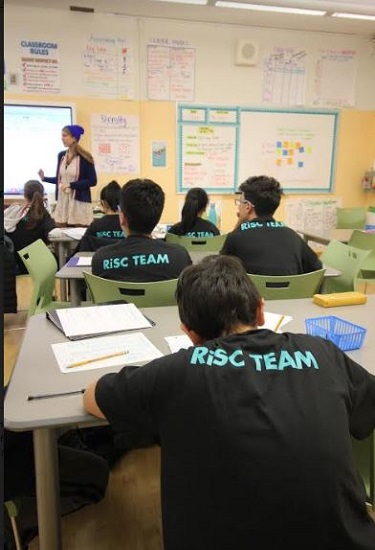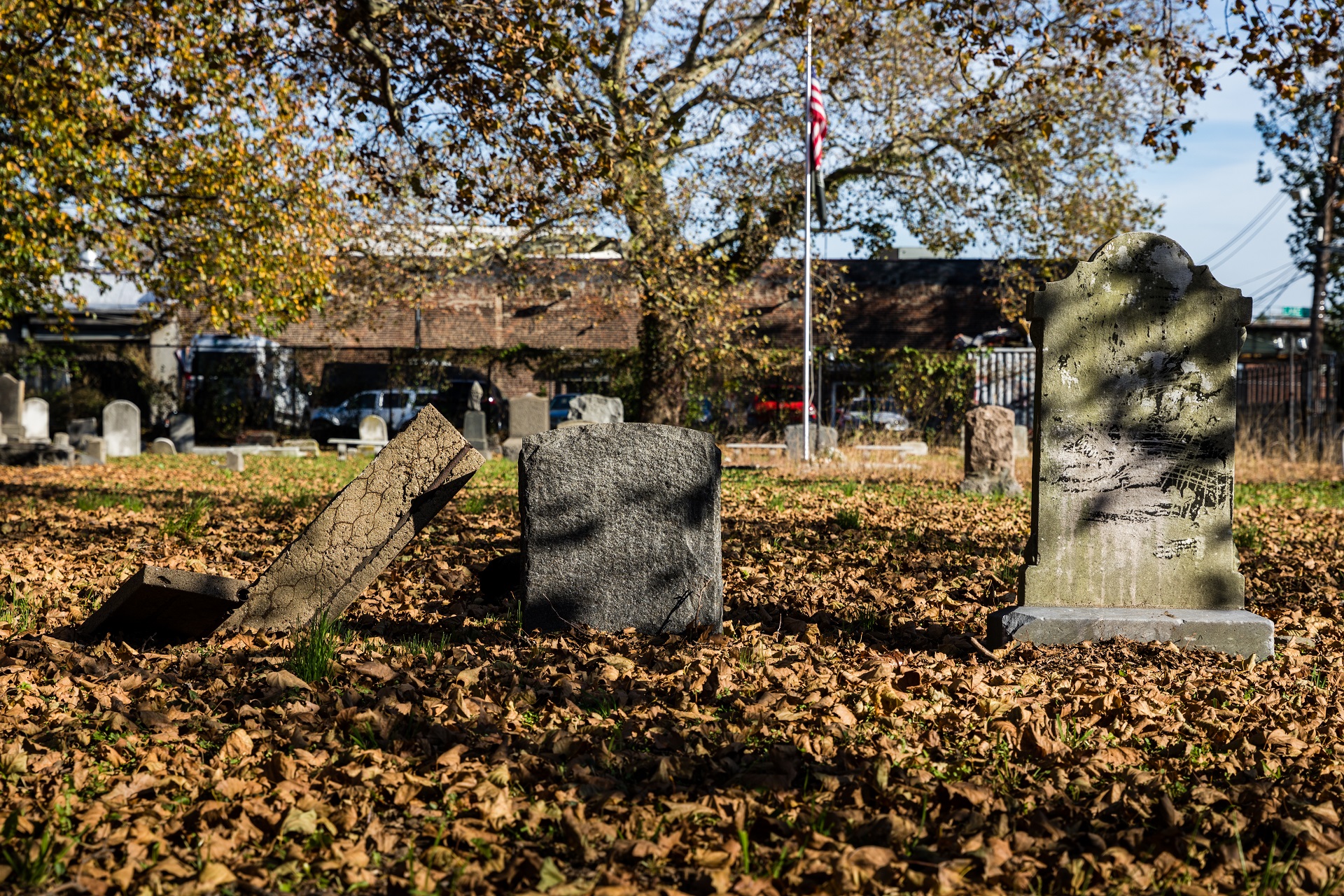Brooklyn students learning how to protect shoreline
Post-Sandy education project offers lessons in resilience

Students are busy learning how to protect their neighborhood in the event of another Superstorm Sandy-type of weather disaster. Photo courtesy of David Boody Intermediate School
Students who attend schools in neighborhoods hit hard by Superstorm Sandy six years ago are getting the chance to learn about resiliency thanks to special project funded through an environmental grant.
David Boody Intermediate School in Gravesend is one of seven schools in Southern Brooklyn taking part in the Resilient Schools Consortium (RiSC).
